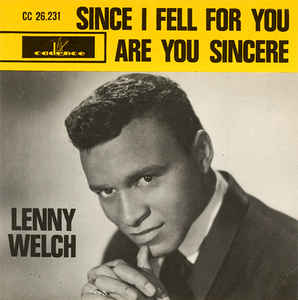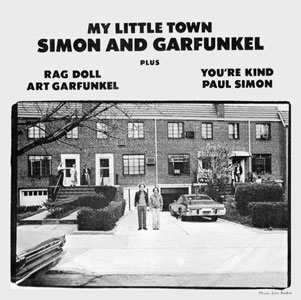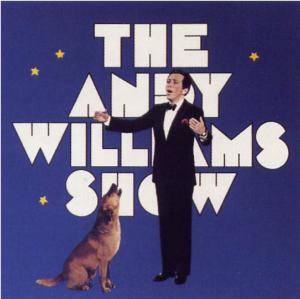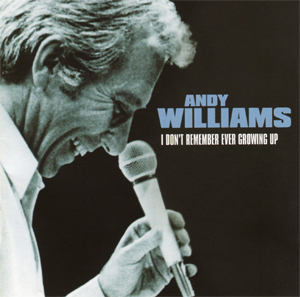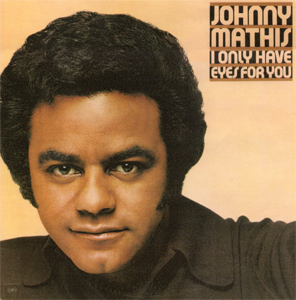Charting versions
Popular 1934 versions
Ben Selvin (vocal by Howard Phillips), Eddy Duchin (vocal by Lew Sherwood), and Jane Froman. [2]
The Flamingos version
| "I Only Have Eyes for You" | ||||
|---|---|---|---|---|
 | ||||
| Single by the Flamingos | ||||
| from the album Flamingo Serenade | ||||
| B-side |
| |||
| Released | May 1959 [3] | |||
| Recorded | 1959 | |||
| Studio | Bell Sound (New York City) | |||
| Genre | ||||
| Length | 3:20 | |||
| Label | End | |||
| Songwriter(s) | Harry Warren, Al Dubin | |||
| Producer(s) | George Goldner | |||
| The Flamingos singles chronology | ||||
| ||||
The Flamingos recorded a doo-wop adaptation of "I Only Have Eyes for You" at Bell Sound Studios in New York City in 1959. [4] [7] Their version was commercially successful, peaking at number 11 on the US Billboard Hot 100 chart [8] and number 3 on the Billboard Hot R&B chart. [9]
Building on the surprise success of the Flamingos single "Lovers Never Say Goodbye" which had crossed over the Black R&B chart [7] to hit number 52 on the White pop chart in February 1959, [10] the song "I Only Have Eyes for You" was selected by producer George Goldner as part of 33 classic pop standards that the Flamingos might try out and interpret for their next album, Flamingo Serenade, with marketing to be aimed at the larger pop audience. The Flamingos recorded a dozen of the standards, but had the most trouble with "I Only Have Eyes for You", which was not coming together. Flamingos high tenor Terry "Buzzy" Johnson, who was also the group's arranger, was advised by lead tenor Nate Nelson to do something exotic with the refrain: "Go way out on it! Make it Russian, like 'Song of the Volga Boatman'". The solution came to Johnson while he was sleeping, and he quickly called the group to his room at around 4 am to have them rehearse the new version, complete with "doo‑bop sh‑bop" backing vocals and harmonies. Later in the studio, Johnson directed the session musicians to play piano, guitar and gentle brush-driven drums in a stretched-out triplet rhythm, with extra sustain on the third of the chord in the guitar and the fifth in the piano. This created a floating counter-melody to the vocal harmonies. Johnson said that heavy reverberation was added to the vocals at the mastering stage, under the direction of Goldner. [7]
Goldner initially thought the song was not commercial enough to be a single, and so he sequenced it first on Side 2 of the album Flamingo Serenade. Radio deejays started playing the song, [7] and it was released as a single in early May 1959. [3] It first entered the Billboard pop chart on May 30 at number 60, [11] then peaked at number 11 in July.
The Flamingos' reinvention of the song has become recognized as a genre-defining work and has been included in numerous lists; it was ranked as the 73rd biggest hit of 1959 by Billboard, [12] while Rolling Stone magazine placed it at number 158 on their list of the "500 Greatest Songs of All Time". [13] In 2003, this recording by the Flamingos on End Records was inducted into the Grammy Hall of Fame. [14] In 2009, Johnson said the song was still making money for him, even more than when the Flamingos were performing. [7]
Cliff Richard version
A 1964 recording by Cliff Richard and the Norrie Paramor Orchestra peaked at number 31 on the Australian chart. [15]
The Lettermen version
A 1966 recording by the Lettermen went to number 4 on the US Easy Listening chart and number 72 on Hot 100. [16]
Jerry Butler version
In 1972, Jerry Butler's version on Mercury records spent eight weeks on the Billboard R&B chart, reaching a positional high of number 20. It also charted in the Billboard Hot 100, reaching number 85. [17]
Art Garfunkel version
| "I Only Have Eyes for You" | ||||
|---|---|---|---|---|
 | ||||
| Single by Art Garfunkel | ||||
| from the album Breakaway | ||||
| B-side | "Looking for the Right One" | |||
| Released | August 1975 | |||
| Recorded | 1975 | |||
| Genre | Soft rock | |||
| Length | 3:30 | |||
| Label | Columbia | |||
| Songwriter(s) | Harry Warren, Al Dubin | |||
| Producer(s) | Richard Perry | |||
| Art Garfunkel singles chronology | ||||
| ||||
A recording of the song by Art Garfunkel was a number-one hit on the UK Singles Chart in October 1975 for two weeks. [18] In the US, the song reached number 18 on the U.S. Billboard Hot 100 [19] and No. 1 on the Billboard Adult Contemporary chart. [20] Garfunkel performed "I Only Have Eyes for You" on the second episode of Saturday Night Live . [21]




